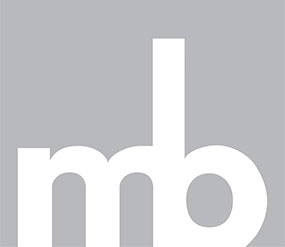Legal notice provided by patent markings may play a major role in patent infringement cases, as it may be a primary factor in calculating damages (e.g., how much money and/or other forms of compensation are to be awarded) when a court decides that patent infringement has occurred. Legal notice can be either “actual notice” or “constructive notice,” each with its own implications in calculating damages.
Actual notice occurs when a party is directly put on notice that it is infringing another party’s patent. Actual notice usually occurs when a cease and desist letter or summons is received by the infringing party. Constructive notice, on the other hand, does not require notice or actions to be directed at the infringing party. Instead, constructive notice occurs when a party reasonably should have known that an item is protected by one or more patent, which in patent cases, typically occurs when an item is properly marked to indicate that the item is protected by a patent. Damages in cases involving constructive notice are calculated from the first time the infringing party infringed after the patented item was properly marked, which usually leads to larger damage awards in comparison to damage calculations involving actual notice.
Because constructive notice can carry significant weight in damage awards, attorneys are commonly asked what constitutes a proper marking of a patented item, and when a patented item should be marked as such.
First, a patented item is considered properly marked when the term “Patent” or the abbreviation “Pat.” along with an associated patent number are attached to the patented item. For items associated with multiple patents, constructive notice is determined for each associated patent, meaning, when an additional patent is issued, constructive notice of the additional patent is achieved when the item is marked with the additional patent number along with any prior patent numbers.
Another option, which is beneficial for items that are associated with several patents and/or pending patent applications, is to virtually mark the item by marking an outside surface of the item with “Patent” or “Pat.,” and to designate a web address where all of the associated patents are listed. Virtual marking items requires that the web address be open access. For specific details regarding marking of patented items see 35 U.S.C. § 287(a). Virtual marking allows a list of associated patents to be easily maintained and updated in a single location, which can be more convenient and economical than having to change production molds and/or processes when the list of associated patents changes.
Second, patented items should be marked as soon as possible after a patent is issued. Although marking items with “Patent Pending” or some variation thereof is legal when a patent application associated with the item has been filed, this mark carries no legal weight in patent infringement cases since patent protection only starts once a patent is issued with a corresponding patent number. Therefore, while the practice of marking items “Patent Pending” may have strategic advantages from a business standpoint, it will not result in higher damages in a patent infringement case. Finally, an item should never be marked as patented until an associated patent has issued, as falsely marking an item to appear as if it is associated with a patent is against the law and can result in fines of up to $500 per falsely marked item sold.
